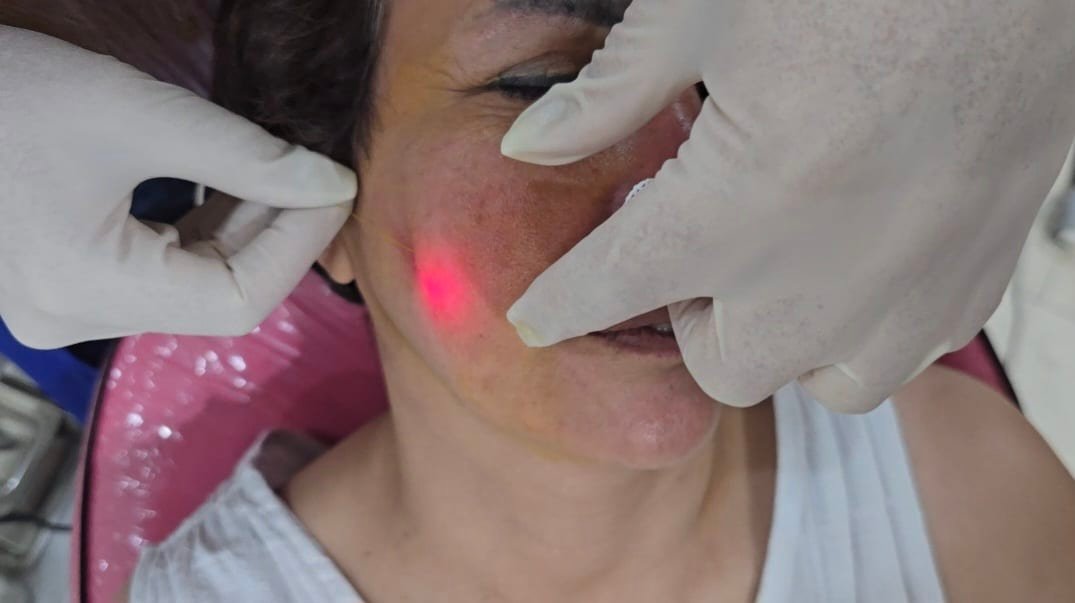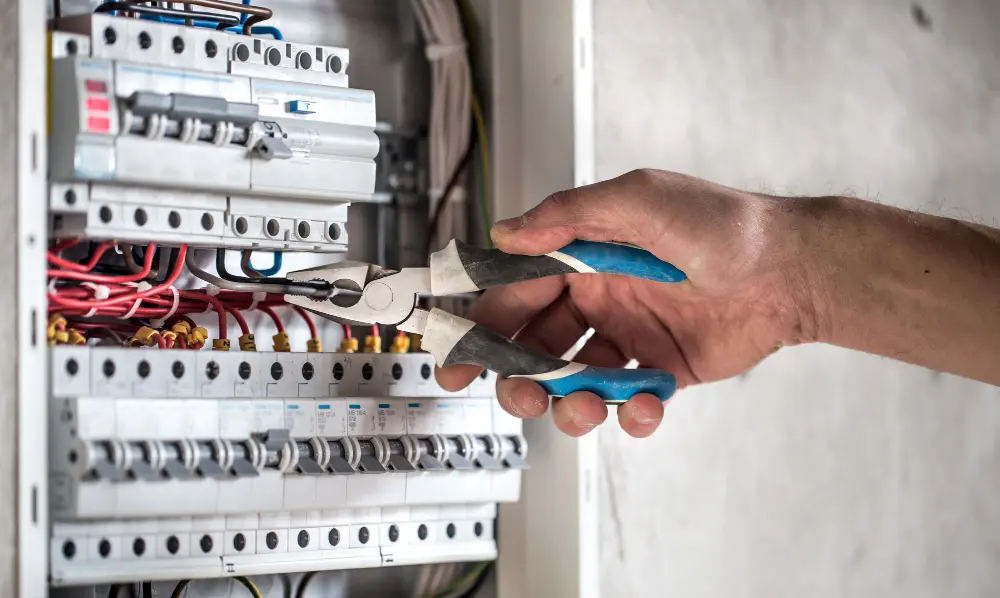Facelift Surgery in Dubai, also known as rhytidectomy, is a popular cosmetic procedure designed to restore a youthful appearance by lifting and tightening sagging facial skin. Over time, the skin loses elasticity, muscles weaken, and fat distribution changes, leading to wrinkles, jowls, and deep folds. Facelift surgery targets these areas, providing a smoother, firmer, and more rejuvenated facial contour. The procedure is highly customizable, allowing for adjustments based on individual needs and facial anatomy, ensuring natural-looking results.
How Facelift Surgery Works:
The primary goal of Facelift Surgery in Dubai (جراحة شد الوجه في دبي) is to reposition facial tissues and remove excess skin. The procedure typically involves making discreet incisions around the hairline and near the ears, through which underlying muscles and tissues are lifted and tightened. Excess skin is then trimmed, and the remaining skin is redraped for a natural finish. Depending on the patient’s condition, surgeons may combine the facelift with complementary procedures such as eyelid surgery or neck lift to achieve more comprehensive facial rejuvenation.
Types of Facelift Procedures:
Facelift techniques have evolved significantly to cater to different aging patterns and desired outcomes. Traditional full facelifts address the lower face and neck, while mini-facelifts focus on mild sagging in the midface region. SMAS (superficial muscular aponeurotic system) facelifts target deeper facial structures for longer-lasting results. Additionally, less invasive methods, including endoscopic facelifts, use small incisions and specialized instruments for precise tissue lifting. Understanding the differences helps individuals choose the approach that best aligns with their facial structure and goals.
The Procedure Step by Step:
Facelift surgery typically begins with carefully planned incisions, often hidden along the hairline or natural creases of the face to minimize visible scarring. The surgeon then tightens the underlying muscle and connective tissue, removes excess skin, and redrapes the remaining skin for a smooth finish. In many cases, the procedure may be combined with additional treatments, such as eyelid surgery or neck lifts, to enhance overall facial rejuvenation. The procedure is performed under anesthesia, ensuring patient comfort and safety throughout the process.
Benefits of Facelift Surgery:
The benefits of facelift surgery extend beyond mere aesthetics. Physically, it restores firm and smooth skin, reduces jowls, and improves jawline definition. The procedure also addresses deep nasolabial folds and sagging cheeks, creating a harmonious and balanced appearance. Beyond physical enhancement, facelifts often boost self-confidence, allowing individuals to feel more comfortable in social and professional settings. The results are long-lasting, providing a youthful appearance for years when combined with proper skincare and healthy lifestyle habits.
The Recovery Process:
Recovery from Facelift Surgery (جراحة شد الوجه) varies depending on the technique used and individual healing capacity. Initially, patients may experience swelling, bruising, and mild discomfort, which typically subside within a few weeks. During this period, careful wound care and limited physical activity are essential. Supportive measures such as sleeping with the head elevated and avoiding strenuous activities aid in proper healing. Most individuals can resume daily routines within two to three weeks, while complete recovery, including final results, may take several months.
Preparing for Facelift Surgery:
Preparation is a critical part of achieving optimal outcomes from facelift surgery. Patients are advised to undergo a thorough consultation to discuss goals, medical history, and potential risks. Lifestyle adjustments, such as quitting smoking, maintaining a stable weight, and avoiding certain medications, are typically recommended to support healing. Preoperative imaging may be used to visualize expected results, helping patients set realistic expectations. Following preparation guidelines minimizes complications and enhances the overall effectiveness of the procedure.
Risks and Considerations:
While facelift surgery is generally safe, it carries potential risks, as with any surgical procedure. Common side effects include temporary numbness, bruising, and swelling. Rare complications may involve infection, hematoma, or scarring. Selecting the appropriate surgical technique and following postoperative instructions are crucial in reducing these risks. Patients should also have realistic expectations, understanding that facelifts improve signs of aging but do not halt the natural aging process.
Achieving Long-Lasting Results:
Maintaining the results of facelift surgery involves a combination of proper skincare, sun protection, and healthy lifestyle habits. Regular moisturizing, gentle exfoliation, and the use of products containing antioxidants can help prolong skin elasticity. Staying hydrated, eating a balanced diet, and avoiding excessive sun exposure further support a youthful appearance. Periodic follow-up visits with healthcare professionals ensure ongoing monitoring of healing and long-term outcomes, helping individuals enjoy the full benefits of their facelift for years to come.
Conclusion:
Facelift Surgery in Dubai (جراحة شد الوجه) offers a precise and effective solution for lifting sagging skin and restoring a youthful facial appearance. By addressing wrinkles, jowls, and loss of firmness, it enhances both physical appearance and self-confidence. With careful preparation, an appropriate surgical approach, and proper postoperative care, individuals can achieve natural-looking, long-lasting results. Maintaining these outcomes through healthy lifestyle choices and skincare ensures that the rejuvenated, refreshed appearance continues to shine for years to come.
















Leave a Reply